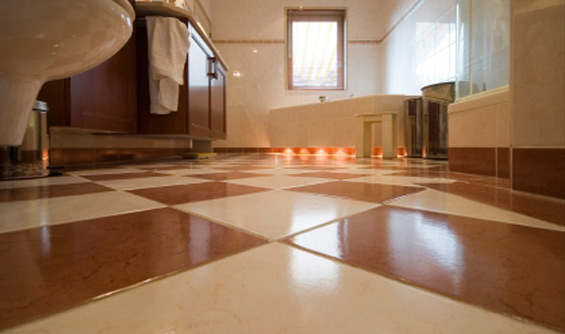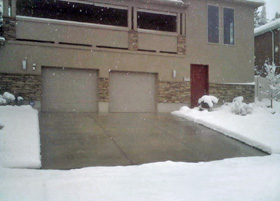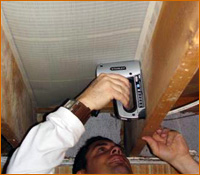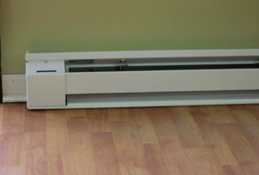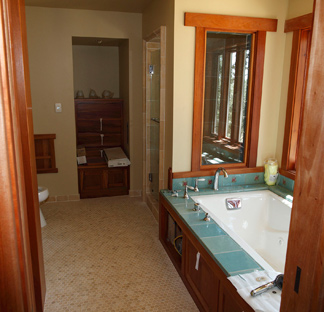Increasing Profitability While Reducing Liability
The car wash industry boasts annual revenue of approximately $5.8 billion. That’s a large pie to be sure, but with over 113,000 automated and self-serve car wash facilities vying for a slice, the pickings can often be slim and the competition fierce for owners of these businesses. Unlike most significant markets that are typically dominated by large conglomerates, 90 percent of car washes are owned by small businesses or individuals. Given the limited budget of most of these business owners, it is vital to keep maintenance costs at a minimum while keeping the facility operational at all times.
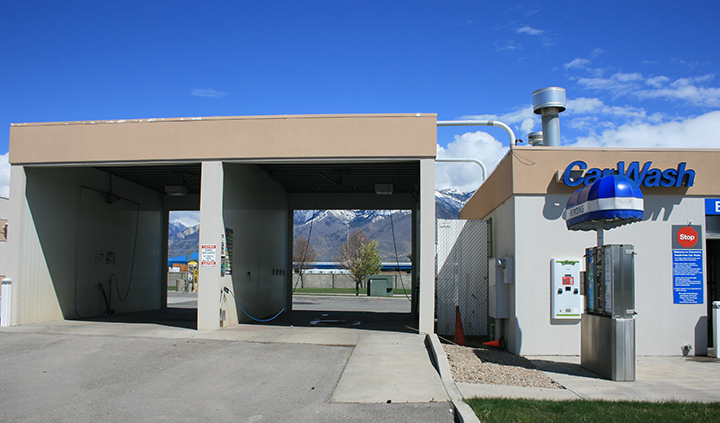
Abundant Demand and Abundant Competition
According to the US Census Bureau, approximately 8 million cars are washed every day. Of the 113,000 car wash facilities competing for business, 58,000 are in-bay automatics and 36,000 are self-service car wash bays. With so many car wash facilities dotting the landscape, how do you distinguish your car wash and attract the most customers? What are the “selling points” that entice consumers to choose one self-service car wash over another?
First, it’s important to know that the busiest and most profitable time for the car wash industry is during the winter. Thirty-two percent of the annual earnings are realized during the cold weather months while spring and summer seasons each account for 25% of yearly revenue and fall income dips to 18%. With winter being the peak earning season for the car wash business, downtime during the cold season must be avoided at all costs.
The Challenge
The very challenges that threaten your operation in the winter (ice and snow) are also the factors that generate increased business. Consumers are eager to wash the salt and sludge from their vehicles after each winter storm, but if your car wash has ice packed around the entrance and exit, you can be certain that you are losing business as a result. Most owners apply salt or snowmelt chemicals or use other labor intensive means in an effort to keep their bays free of ice and snow. Not only can the icy property hinder business, but the dangerous conditions can lead to personal injury and costly litigation.
The demand for safe car washes has become a serious topic due to preventable accidents and expensive settlements in recent years. In addition to the winter precipitation, the overspray from a car wash often creates dangerous, slick areas in and around each bay. Insurance is a necessity but not a catchall solution, and it can come at a high cost. However, installing a radiant snow melting system can decrease your liability as well as reduce your insurance premiums. When comparing the cost savings for insurance and the decreased chances of an expensive lawsuit, installing a snow melting system makes good business sense.
Selling Points
Certainly insurance is essential for your business, but if you are serious about increasing your profits then you must also be aware of the key “selling points” that influence consumers when searching for a self-service car wash. Perhaps the most important factor responsible for attracting business to your car wash is appearance. Customers look for clean and safe (ice-free) property as well as functional looking equipment. But how do you maintain safe, clean conditions around the clock during the icy winter barrage? And how do you avoid downtime to take advantage of the increase in demand during extreme weather conditions?
The Proven Solution
Car wash owners are discovering the reliability, affordability and effectiveness of electric radiant heat systems. Easy to install and surprisingly affordable, electric radiant heat has proven to be the ideal technology to complement the self-service car wash industry.
Warmzone is one of the country’s leading radiant heat solutions providers, and offers both hydronic and electric radiant snow melting solutions. Hydronic snowmelt systems can be very efficient for heating large areas, but for small, custom areas such as car wash bay aprons, electric radiant heat has proven to be the best answer. Electric snow melting systems can be easily customized, so heating small strips of pavement at the entrance and exit is simple and affordable. There’s no need for a control room and electric systems feature rapid response times so the pavement is heated quickly and efficiently. Warmzone snow melting systems are also maintenance free and fully automated, but can also be controlled manually when needed.
In addition to providing one of the most comprehensive radiant heat information resources on the web (www.warmzone.com ), Warmzone also makes it easy to explore the options for installing radiant heat by offering free quotes and professional consulting. Simply call a representative to discuss the options and costs with no obligation (888.488.9276).
Statistical Sources: MSSP, IRS, Professional Car Washing and Detailing, and the U.S. Census Bureau.

